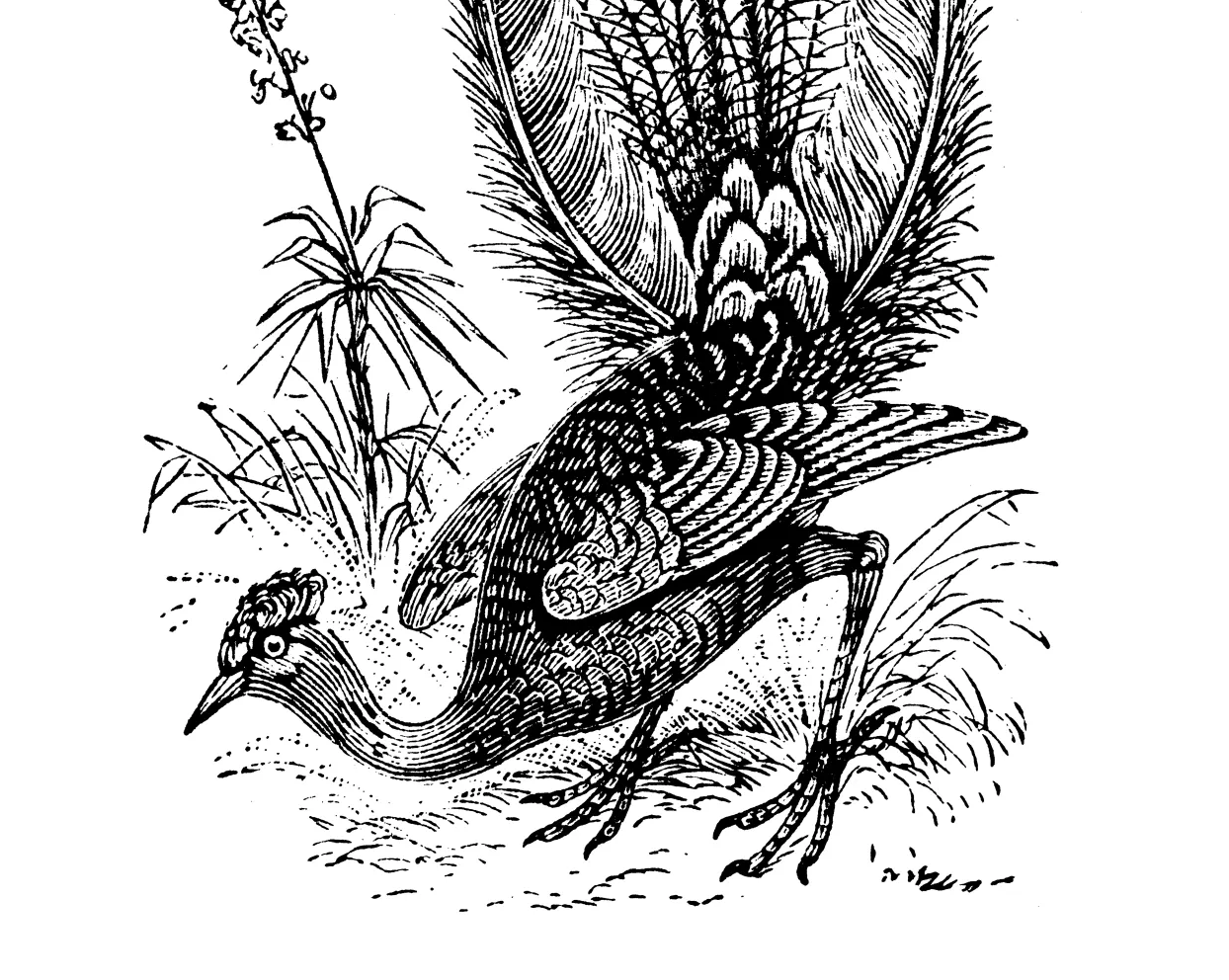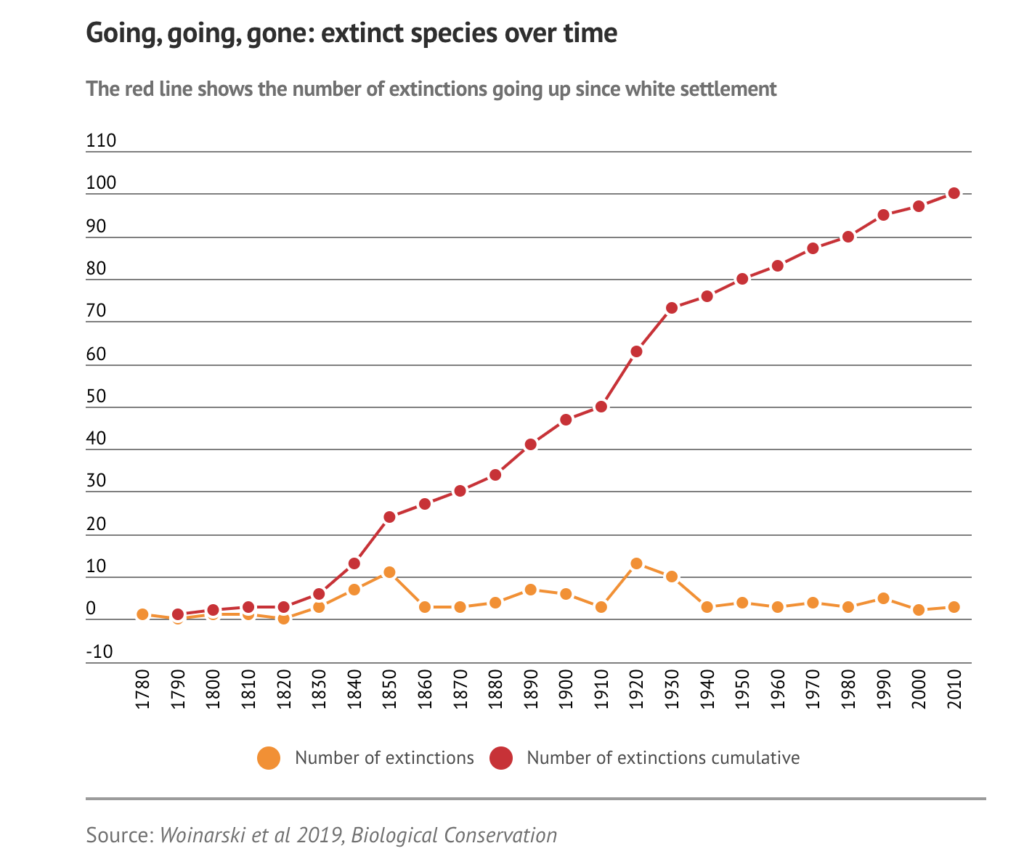Why are plant and animal species in Australia becoming extinct as fast as ever. Why is it happening? And what would it take to reverse the decline?
In this article, Chair of the Environment Institute Board, Professor Possingham speaks of the devastation caused to flora and fauna since colonisation occurred in Australia. The country has lost 34 mammals, which is about the same number as the rest of the world combined over the past 200 years.
Australia has the second-largest number of endemic species found nowhere else in the world. Some other countries, have a greater number of species overall but, in terms of unique wildlife, Australia is near to the top.
“We have just about the most responsibility for global biodiversity, more than for the US, or any other European country. And, even though we don’t have the most mammal species, we have had more mammal extinctions than any other country,” said eminent ecologist Professor Hugh Possingham.
“We are losing species at a similar rate to what we were 200 years ago and it’s fast, as fast as anywhere on the planet… populations of threatened species are declining at a rate of 1 per cent a year.” said Prof. Possingham.





